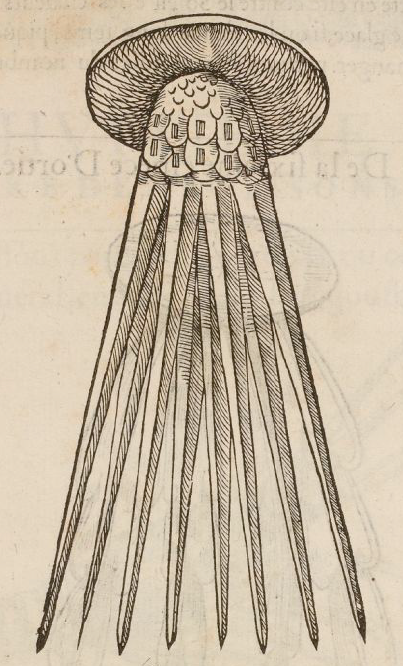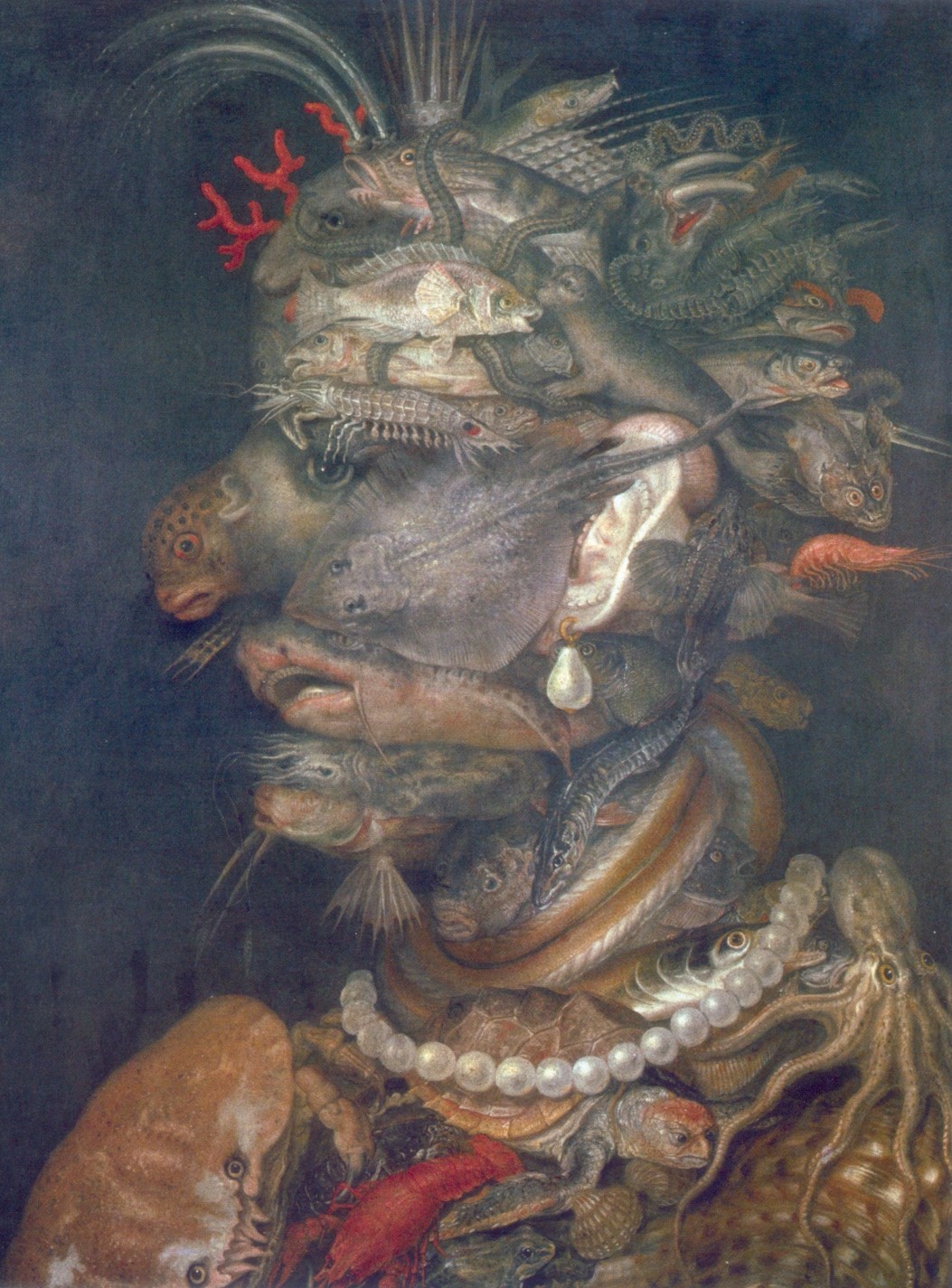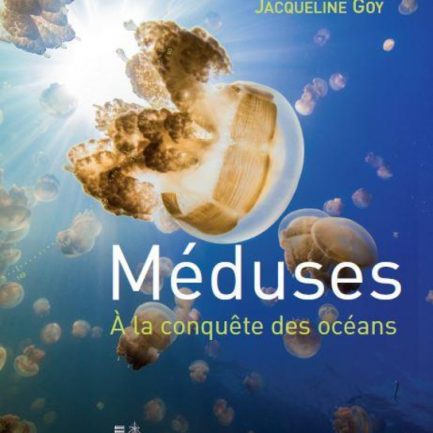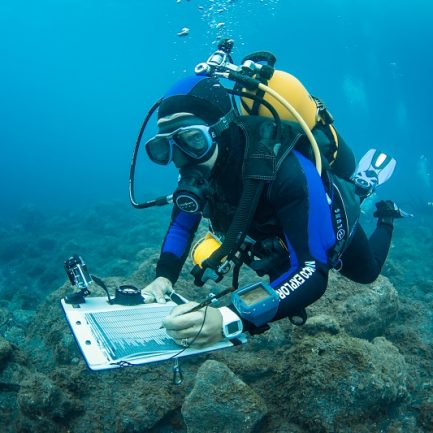TITLE
- Home
- Actualités
- Jellyfish have been around throughout history
Jellyfish as seen through Natural History
Proliferating today in our oceans because of human activities, jellyfish have survived through the ages. Known and described since Aristotle, they were mainly named in the 19th century by the naturalist François Péron. Jacqueline Goy retraces their history through history.
What is the connection between Aristotle, Pliny the Elder and jellyfish?
In antiquity, Aristotle was interested in them and among the hundred or so marine animals he described, he called them cnidae, which means “stinging”, specifying that they move here and there on the water. In homage to Aristotle, naturalists of the 20th century created the phylum of cnidarians to classify jellyfish, corals, sea anemones… which all sting. Four centuries later, Pliny the Elder observed the movements of jellyfish, which reminded him of the contractions and dilations of breathing, and he named them Pulmo marina, the marine lung.
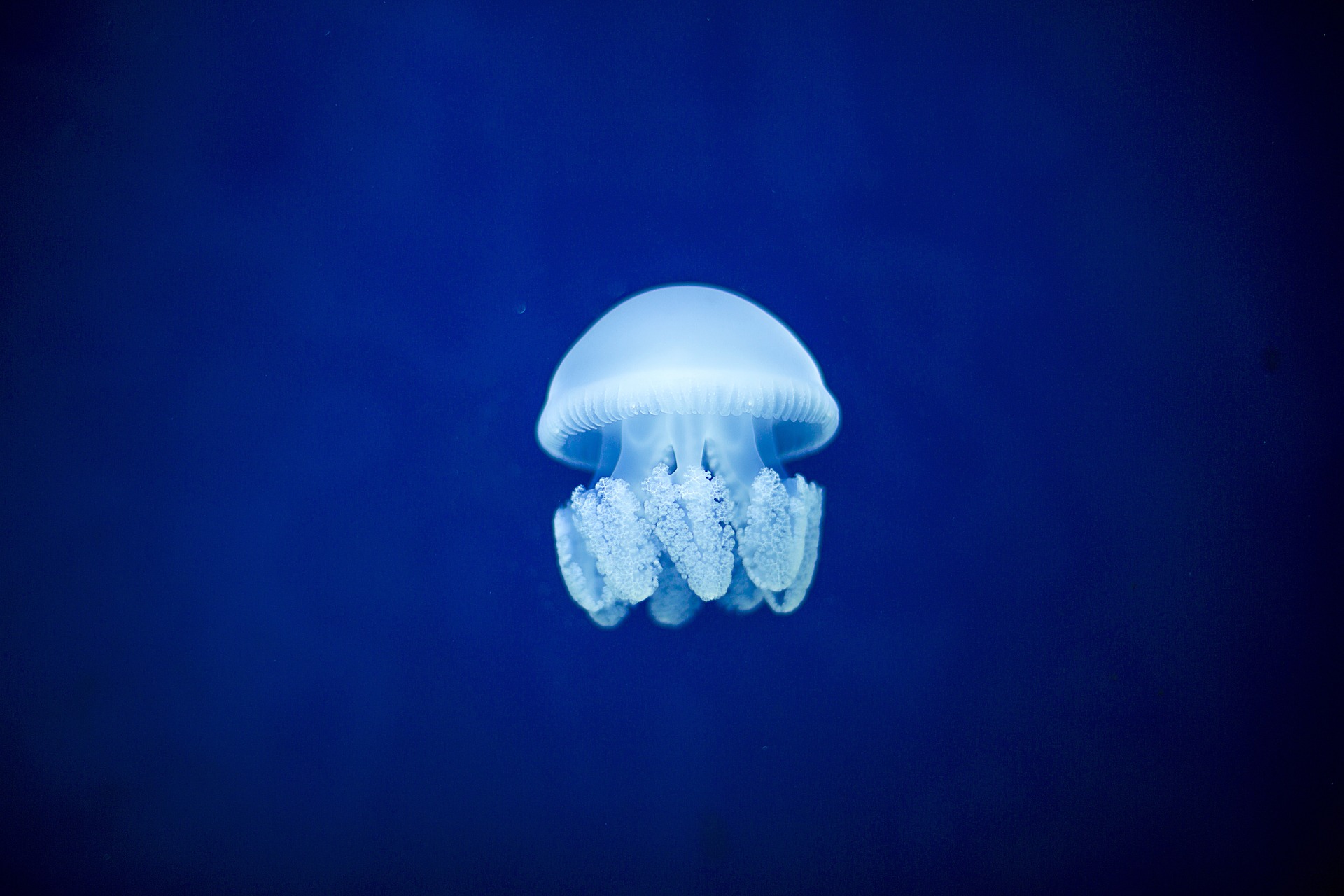
The fifth species of nettle
In the Middle Ages, the marine bestiary was mainly populated by monsters, chimeras and mermaids, especially since this period was more interested in theology than in the study of nature.
It was not until Guillaume Rondelet and his work Histoire entière des poissons published in 1554, in which he described a series of stinging animals called “sea nettles”. The fifth species is the jellyfish Rhizostoma pulmo, which has a fabulous fate, arranged in a crown, in the painting TheAllegory of Water by Giuseppe Arcimboldo in 1566.
The great turning point in the knowledge of zoology is obviously Carl Linnaeus. He proposed a classification of the living world, both plant and animal, in his Systema naturae, a seminal text, and in the fourth edition of 1744, he introduced the name medusa by comparison with the face of the Gorgon.
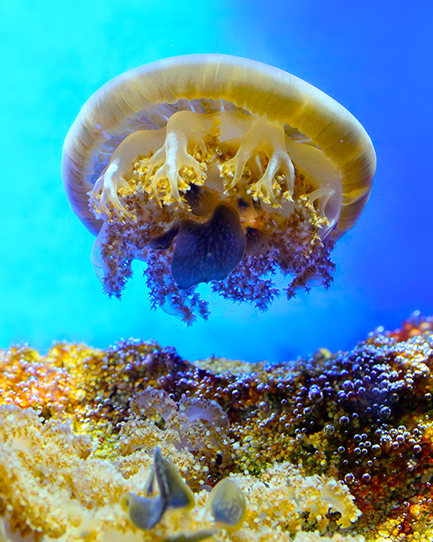
in the 19th century, medusas acquire ancient names
Jean-Baptiste de Lamarck, who was a professor at the National Museum of Natural History when it was founded in 1793, assumed that life originated “in the gelatinous masses scattered in the great ocean”. And the gelatinous masses could well be the jellyfish.
This is why a young naturalist, François Péron, took up the subject to make a monumental study of it. According to Albert Soboul, a historian specializing in the French Revolution, revolutionary fashion introduced a majority of heroes from Antiquity into the first names and it also fell on the jellyfish!
Péron does not hesitate to give the names of gods and goddesses to his species. Thus, there are Cepheas, the Cassiopeaand Persaand Chrysaora, of the Geryonia and others, all dedicated to the characters that revolve around the myth of Medusa, names that are still in force.







